This page includes all animals that start with the letter V that we plan to cover on Fact Animal. As we publish new content, each of these animals will be linked to their dedicated profile fact pages.
From Vampire Bat to Vulture, read extraordinary facts about animals beginning with the letter V.
V
Vampire Bat
Vampire Ground Finch
Vampire Squid
Viper
Viperfish
Velvet Ant
Venezuelan Poodle Moth
Vervet Monkey
Victoria Crowned Pigeon
Vicuña
Vinegaroon
Viscacha
Vulture
Please see our Animal A-Z list for animals that start with different letters.
Animal Names That Start With V
Read on for an overview of each of the animals listed above that begin with the letter V.
Vampire Bat
Vampire Bats are small, blood-feeding mammals found in the Americas. They are the only mammals that feed exclusively on blood.
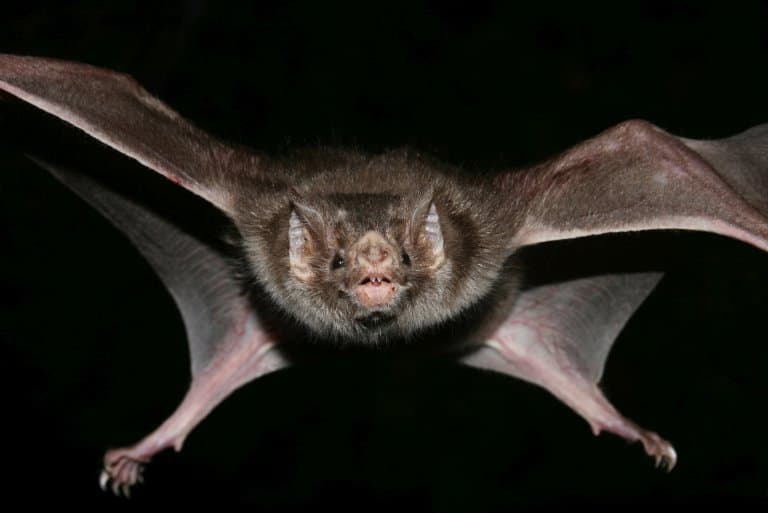
Fun Fact: Vampire Bats have a specialized heat-sensing organ on their nose, helping them locate blood vessels beneath the skin of their prey. Bites on humans are rare, but can spread rabies!
Vampire Ground Finch
The Vampire Ground Finch is a bird species found in the Galápagos Islands. Males are black and females are grey, and they’re known for drinking the blood of other birds.
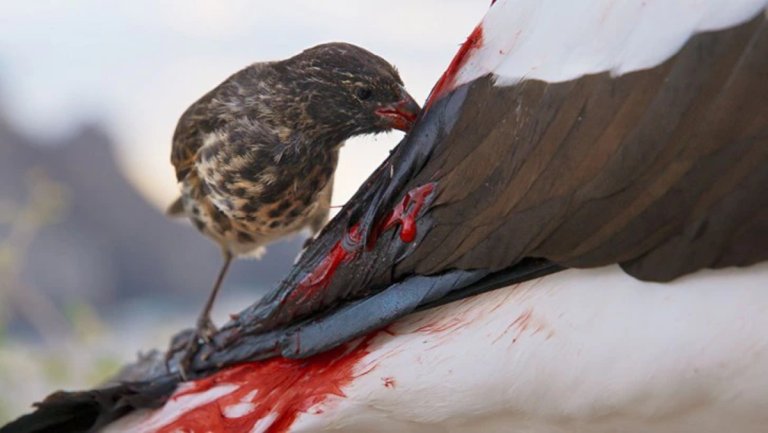
Fun Fact: The lack of resistance seen in the host birds suggests that the blood-drinking behaviour evolved from pecking off pests from the larger birds
Vampire Squid
The Vampire Squid is a deep-sea cephalopod found in the dark depths of the ocean. Despite its name, it doesn’t feed on blood, it just really looks like a vampire.
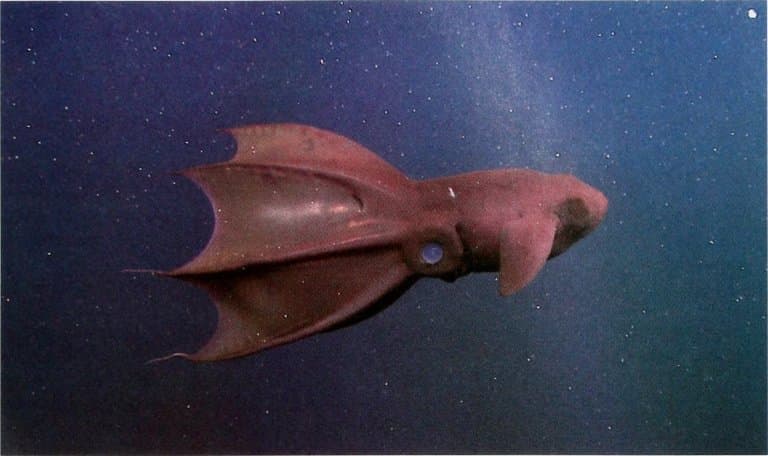
Fun Fact: The Vampire Squid has webbing between its arms, giving it a Dracula cloak-like appearance. It can also invert its body, resembling an umbrella.
Vaquita
The Vaquita is a critically endangered species of porpoise found in the Gulf of California, Mexico.
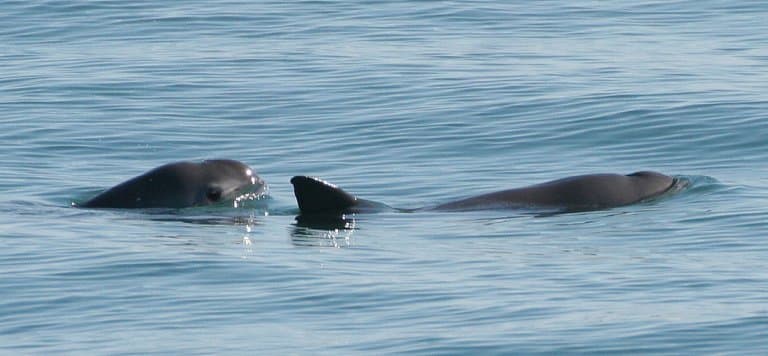
Fun Fact: Vaquitas are the smallest and rarest cetacean species, known for their shy and elusive behaviour, they’re hard to study. There may be as few as 10 remaining.
Velvet Ant
Velvet Ants are fuzzy little stingers known for their very painful sting and various vibrant colours.

Fun Fact: Velvet ants are actually solitary wasps, and the females are wingless. Their sting is potent, earning them the nickname “cow killer” due to the intensity of the pain.
Venezuelan Poodle Moth
The Venezuelan Poodle Moth is a species of moth known for its fluffy appearance and large, dark eyes. It was discovered in Venezuela and gained attention for its unique appearance.
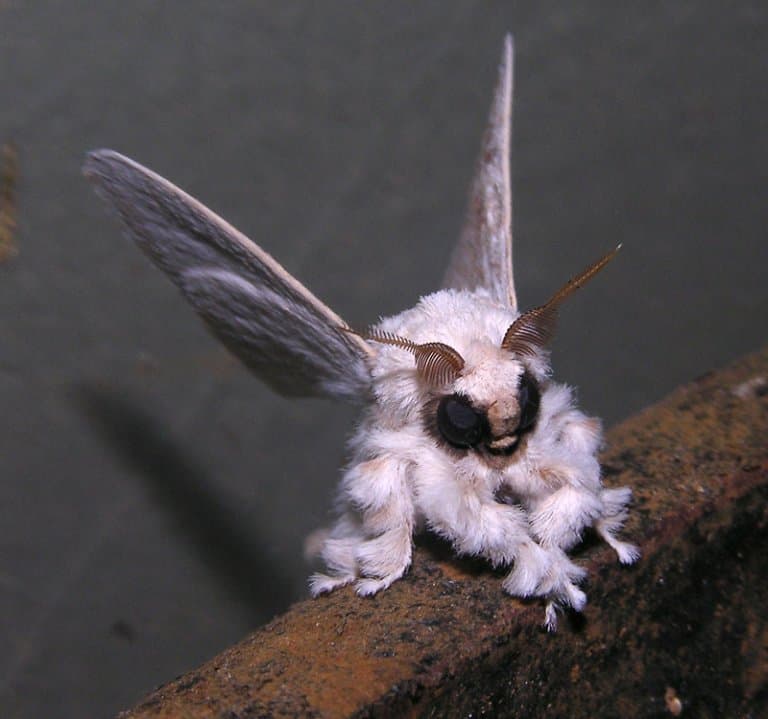
Fun Fact: Almost nothing is known about this moth. It was only found and photographed once, and no samples were taken!
Vervet Monkey
Vervet Monkeys are medium-sized monkeys found in Africa. They’re generally grey monkeys, and one of the most adaptable species in Africa, present in urban, savanna and forest habitats.
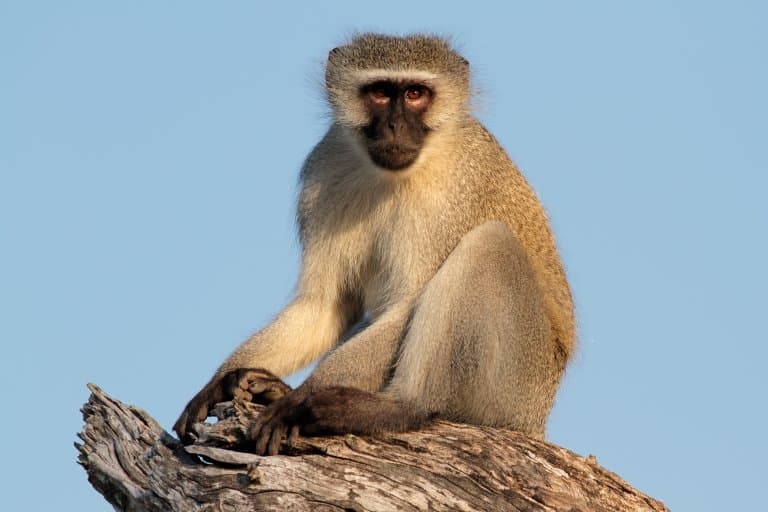
Fun Fact: Vervet Monkeys might look rather plain but the males have vibrant blue testicles, giving them the nickname “Blue balled monkeys”.
Victoria Crowned Pigeon
The Victoria Crowned Pigeon is a large, ground-dwelling pigeon native to Papua New Guinea. It is known for its striking appearance, including an elegant crown of feathers on its head.
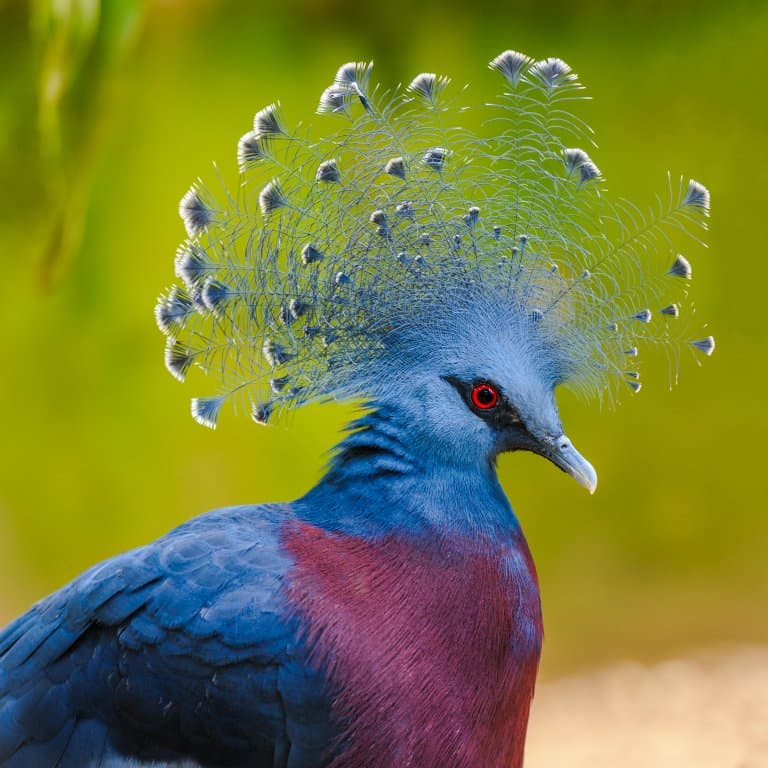
Fun Fact: Victoria Crowned Pigeons are one of the largest and most recognisable pigeon species, and their stunning plumage is often used in traditional rituals by indigenous communities.
Vicuña
The Vicuña is a small, wild camelid native to South America, particularly in the high-altitude regions of the Andes. It is closely related to the domesticated alpaca and llama.
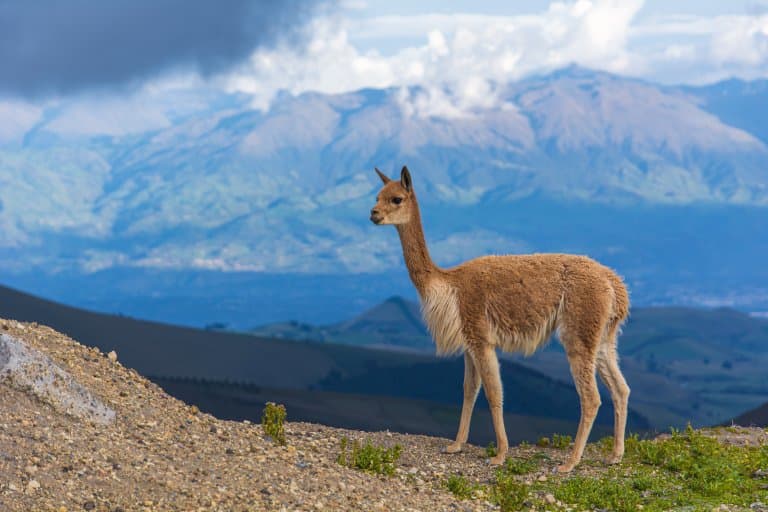
Fun Fact: Vicuñas produce some of the finest and softest wool known as vicuña fibre. The wool is highly prized for its quality and is considered one of the most luxurious fibres in the world.
Vinegaroon
Vinegaroons, also known as whip scorpions, are arachnids found in various tropical regions. They have large claws and a long, slender whip-like tail, giving them the nickname “whip scorpions”.

Fun Fact: Despite their fearsome appearance, they are not true scorpions and can’t, sting though they can emit a vinegar-smelling substance as a defence mechanism, deterring predators with a pungent odour.
Viper
Vipers are a well-known family of venomous snakes found worldwide. They are characterized by their long, hinged fangs that fold back against the roof of the mouth when not in use.

Fun Fact: Vipers use special heat-sensing pits to detect the infrared signature from warm-blooded prey, and are some of the most diverse snakes on Earth with more than 350 species.
Viperfish
The Viperfish is a deep-sea fish with a truly menacing appearance. It is found in deep oceanic waters and is part of the dragonfish family.
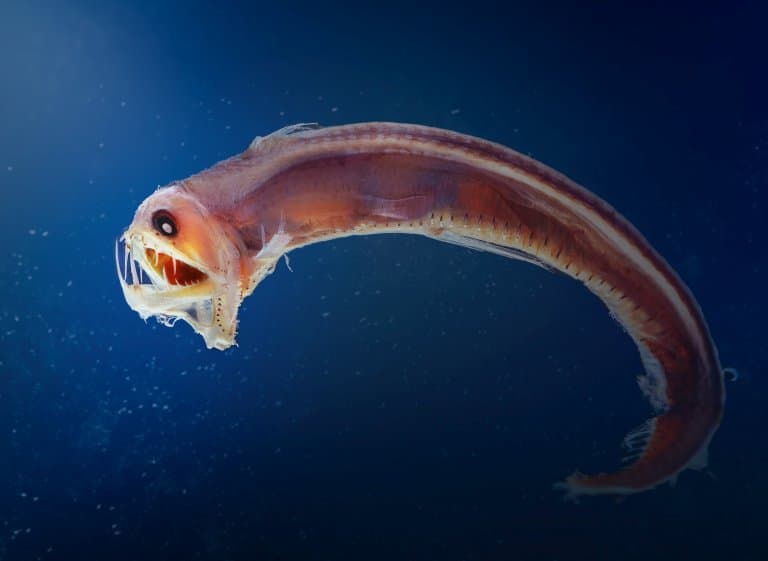
Fun Fact: The Viperfish is thought to use bioluminescence not to show itself but to hide. A light glow can remove its silhouette against the dim glow of the background water.
Viscacha
Viscachas are large, rabbit-like rodents found in South America. They’re known for their long, coiled tails and sleepy faces. They are adapted to life in high-altitude environments.

Fun Fact: Viscachas are extremely precocious, able to eat solid food along with their milk within hours of being born.
Vole
Voles are small and versatile cousins of the hamster, with a blunt nose and short ears. They’re commonly found in grasslands and meadows.

Fun Fact: Voles are prolific breeders and can have multiple litters in a year. Their populations can fluctuate widely, and they play a crucial role in ecosystems by influencing plant growth and feeding an array of predators.
Vulture
Vultures are large birds of prey known for scavenging on carrion. There are New-World and Old-World vultures, each evolved independently to feed on carrion.
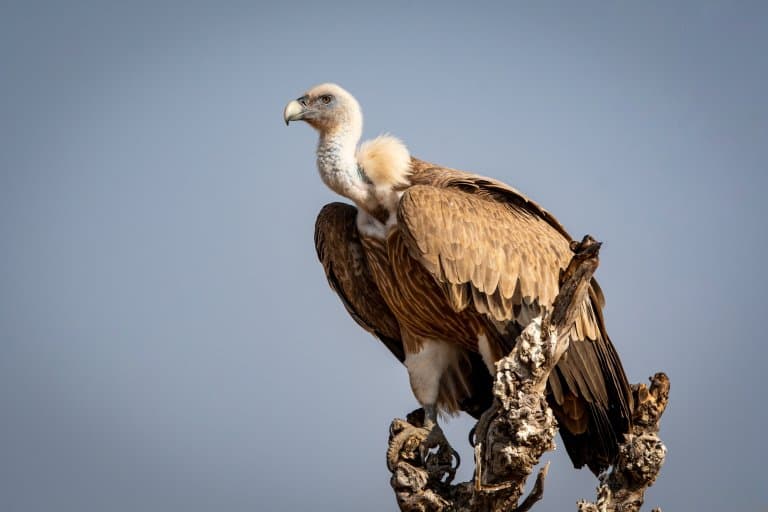
Fun Fact: Vultures have powerful digestive enzymes that allow them to consume bacteria and toxins present in decaying flesh without getting sick, and this allows them to reduce diseases for other animals but removing pathogens from the environment.
What Other Animals Begin With ‘V’?
That completes our list of animals that begin with the letter V.
Hopefully you’ve learned a few new ones, but are there any that we’re missing in our list that you would like to see covered?
If so, get in touch. Please see our Animal A-Z list for animals that start with different letters.
